Recombination in cosmology
Apparition of the light
The Universe is old 13.82 billion years, but the light does not spread from the "birth of the universe."
In the beginning the entire system is in a state that mathematicians call a "singularity". In this singularity, some physical quantities such as density or temperature become infinite. Everything is in a theoretical state, yet it is the beginning of our history, that is, the Big Bang, which is at the origin of space and time.
The formless system, will swell and extend in all directions very quickly. A minute later, the universe passes of infinite temperature to ≈109 ° C, it is no longer reduced to a volume of null size and the first nuclei appear. Energy is gigantic, the matter in particulate form does not yet exist, it is wave, it stirs in a seething plasma of unimaginable heat. Photons, electrons and hydrogen protons extremely compressed, participate in the general chaos.
Electrons are trying to combine with protons but photons energy is so intense that "snatch" immediately electrons from protons. The universe is fully ionized. Photons are absorbed by the atoms then retransmitted immediately, they are trapped in the plasma, the carbon material can not be formed.
Inside this cosmic soup, none constituents can escape, all the primordial elements "collide" and their erratic course keeps them in a space still too small.
The density and the temperature are still too high. The plasma is still at a temperature of several million degrees and matter elements constantly collide have no space of freedom. But the universe continues to expand and cool down very quickly. The matter elements are increasingly space of freedom, the space between each particle extends, and collisions diminish, but all the photons are absorbed again, the light can not escape and the Universe remains opaque, "invisible". It will take a certain density and a certain temperature (≈3000 Kelvin) so that the photons get complete freedom.
This moment is called time of last scattering. This moment is brutal, it happens about 380,000 years after the Big Bang. From this time, the electrons will be able to stay in a space around the nuclei without being "collided" by photons. Therefore, the electrons and protons will constitute the primordial matter and photons will be free to travel in space, become immensely large. The universe becomes visible as the light begins to spread freely. This is what is called recombination in cosmology, the period when the temperature dropped enough to allow electrons to bind to nuclei and form the first neutral atoms. Recombination also marks the time when the universe became transparent as photons can travel long distances before being absorbed or diffused by matter. It is not within the universe that is visible but its surface, just like the Sun is the photosphere of the Sun as seen from Earth and not the inner layers of our star.
13.82 billion years after the Big Bang, that is, today, the photons of the early universe reaches us again, of course that brilliance is not as spectacular, this residual radiation is extremely dark because it was immensely diluted by the expansion of the Universe. What is extraordinary is that it is visible, not in the optical field but in the field of low temperature microwave, close to absolute zero (2.7255 kelvin measured by COBE). It reaches the surface of the Earth from all directions of the cosmos, this is the famous fossil radiation. It is so called because it forms a background for all point radio sources detected by radio telescopes.
The Big Bang was detected for the first time by Arno Allan Penzias and Robert Woodrow Wilson in 1965, for this, they will get the Nobel Prize in Physics in 1978.
NB: Between the wavelength (λ) and frequency (ν) is the following relationship: ν = c / λ
ν = wave frequency in hertz
c = speed of light in vacuum in m / s
λ = wavelength in meter
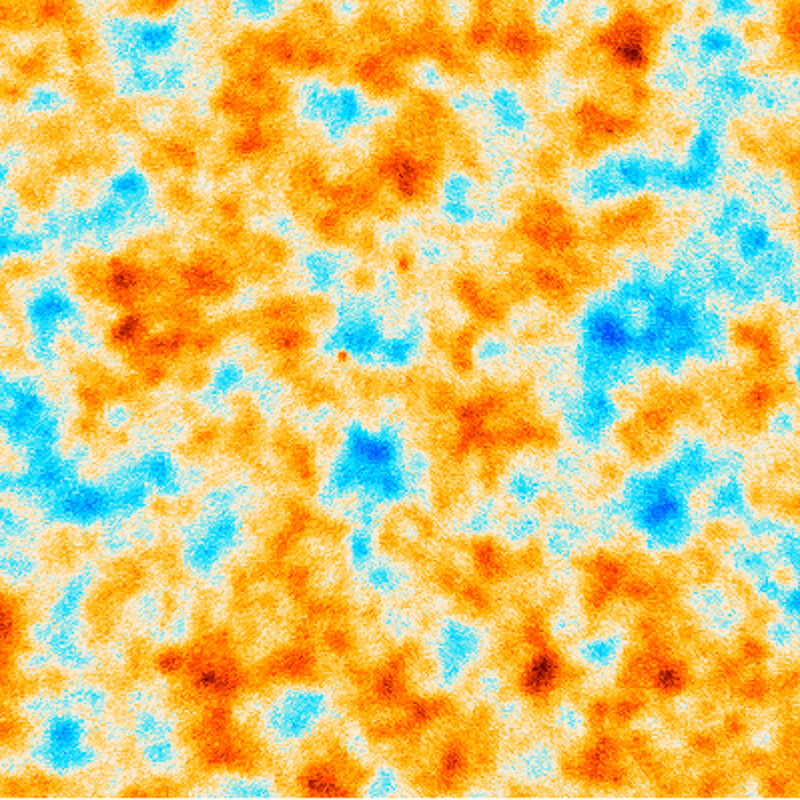
Image: card, the background of the sky near the south galactic pole, seen by bolometers of the Planck satellite (10 degrees to one side, 2.1 mm wavelength, frequency 143 GHz). A few minutes after the Big Bang, the universe is fully ionized, too hot and too dense for the electrons can be captured by atomic nuclei. But the universe will swell and extend in all directions very quickly. 380,000 years after the Big Bang, the universe becomes visible because the photons begin to spread freely. This is what is called recombination in cosmology, the period when the temperature dropped enough to allow electrons to bind to nuclei and form the first neutral atoms. Recombination also marks the time when the universe became transparent as photons can travel long distances before being absorbed or diffused by matter. Credits: ESA- collaboration Planck-HFI
Articles on the same theme
1997 © Astronoo.com − Astronomy, Astrophysics, Evolution and Ecology.
"The data available on this site may be used provided that the source is duly acknowledged."
How Google uses data
Legal mentions
English Sitemap − Full Sitemap
Contact the author
 From Nothingness to the Cosmos: Why Is There Something Rather Than Nothing?
From Nothingness to the Cosmos: Why Is There Something Rather Than Nothing?  Glossary of Astronomy and Astrophysics: Key Definitions and Fundamental Concepts
Glossary of Astronomy and Astrophysics: Key Definitions and Fundamental Concepts  How can the Universe measure 93 billion light-years?
How can the Universe measure 93 billion light-years?  How can we say that the Universe has an age?
How can we say that the Universe has an age?  First Proof of the Expansion of the Universe
First Proof of the Expansion of the Universe  Space-time slices of the observable Universe
Space-time slices of the observable Universe  Dark Ages of
the Universe
Dark Ages of
the Universe  Alternative theories to the accelerated expansion of the universe
Alternative theories to the accelerated expansion of the universe  The primitive atom of Abbot Georges Lemaître
The primitive atom of Abbot Georges Lemaître  Great walls and filaments: the great structures of the Universe
Great walls and filaments: the great structures of the Universe  The Origins of the Universe: A History of Cosmic Representations
The Origins of the Universe: A History of Cosmic Representations  Lyman-alpha Blobs: Gaseous Traces of the First Galaxies
Lyman-alpha Blobs: Gaseous Traces of the First Galaxies  Gamma-Ray Bursts: The Ultimate Breath of Giant Stars
Gamma-Ray Bursts: The Ultimate Breath of Giant Stars  Perspective on the Inflation of the Universe
Perspective on the Inflation of the Universe  The Planck Universe: the Image of the Universe Becomes Clearer
The Planck Universe: the Image of the Universe Becomes Clearer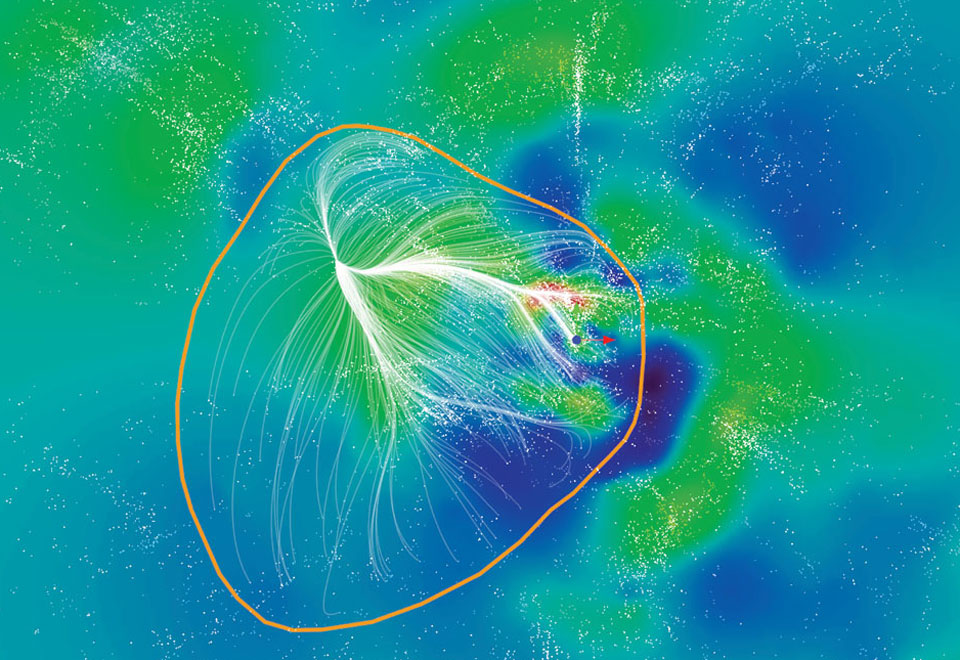 The sky is immense with Laniakea
The sky is immense with Laniakea  Abundance of chemical elements in the Universe
Abundance of chemical elements in the Universe  The Symmetries of the Universe: A Journey Between Mathematics and Physical Reality
The Symmetries of the Universe: A Journey Between Mathematics and Physical Reality 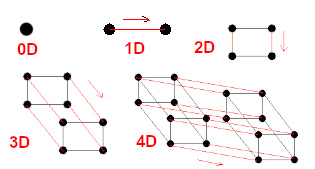 The geometry
of time
The geometry
of time  How to measure distances in the Universe?
How to measure distances in the Universe?  Do nothingness and emptiness exist?
Do nothingness and emptiness exist?  The Horizon Problem: Understanding the Uniformity of the Cosmos
The Horizon Problem: Understanding the Uniformity of the Cosmos  The first second of our history
The first second of our history 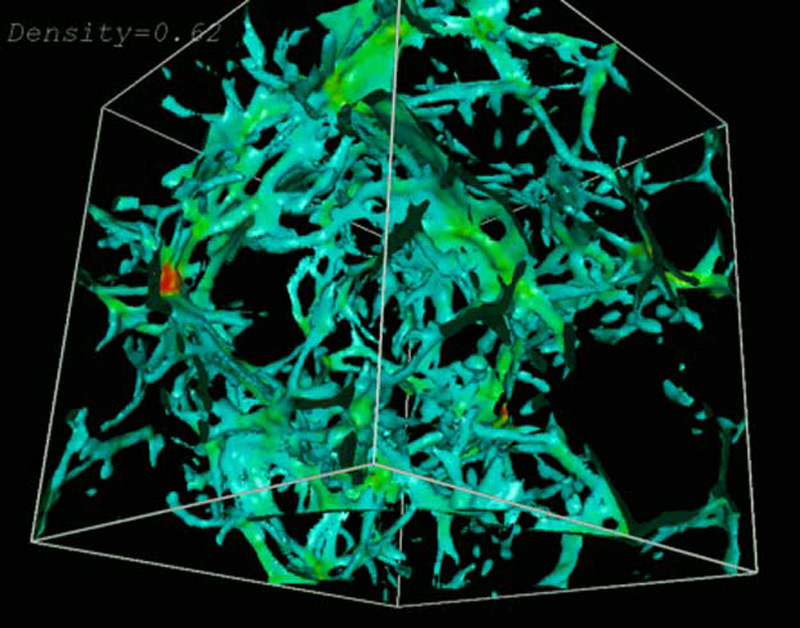 Does dark matter exist?
Does dark matter exist?  Metaverse, the next stage of evolution
Metaverse, the next stage of evolution  The multiverse long before the Big Bang
The multiverse long before the Big Bang  The cosmological and physical constants of our Universe
The cosmological and physical constants of our Universe  Thermodynamics of the sand pile
Thermodynamics of the sand pile  What does the equation E=mc2 really mean?
What does the equation E=mc2 really mean? 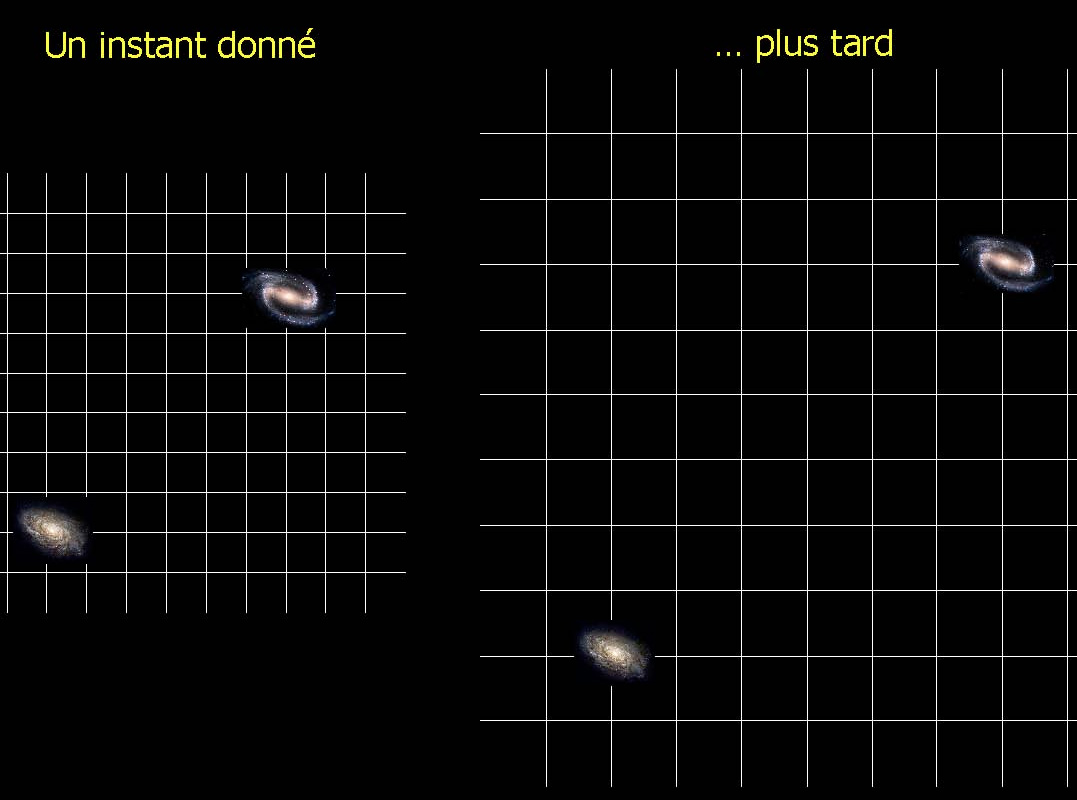 The engine of the accelerated expansion of the Universe
The engine of the accelerated expansion of the Universe  The X-Ray Universe: When Space Becomes Transparent
The X-Ray Universe: When Space Becomes Transparent  The oldest galaxies in the universe
The oldest galaxies in the universe  Hubble constant and expansion of the Universe
Hubble constant and expansion of the Universe  Dark energy
is needed
Dark energy
is needed  Gravitational waves
Gravitational waves 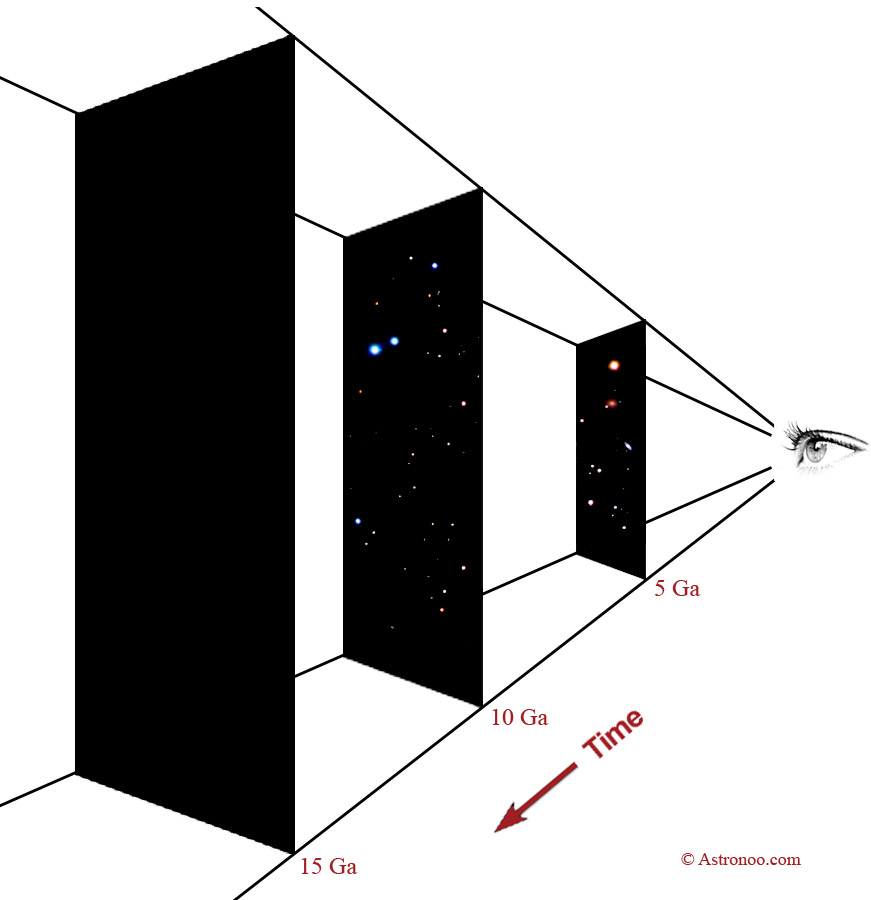 How
big is the universe?
How
big is the universe?  The vacuum has considerable energy
The vacuum has considerable energy  Paradox of the dark night
Paradox of the dark night  Paradoxes in physics
Paradoxes in physics